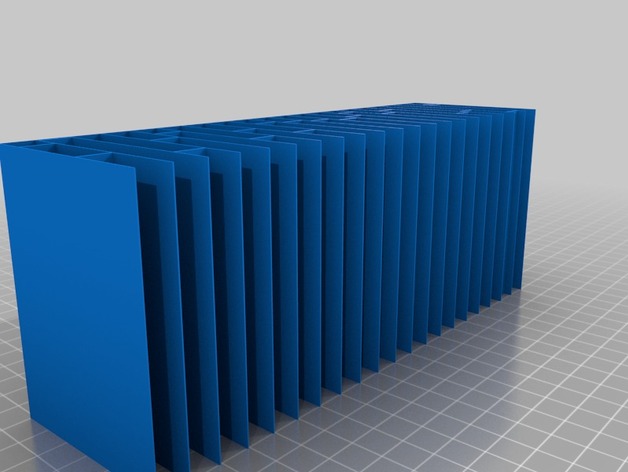
What is a diffusor ? == If you have an room with unpleasing audio properties, one possibly reasons can be echos that occur in a structured way. Early echos (e.g. <0.4 sec) are e.g. well known for inhibiting personal speaking comfort. Now to get rid of echos, there are two practical ways: sound absorbers and sound diffusors. The goal of a good diffusor is to scatter sound, so that a specific incoming sound goes to all possible output directions. Hence echos are quite "mute" and do not start at a precise time, but one hears a slow buildup and decrease of echo noise. Audio absorbers create a harsh empty environment, similar to speaking in open air, while diffusors create a "warm" and sound of a well stocked living room. Mainly, there exist one and two-dimensional variants, and a you will find heaps of information in the references. And, they are extremely common in recording studios. Where do you want to put your diffusor ?On the sides and above the "viewing direction" to the sound source. In your rear, sound absorbers are a better choice. Building a diffusor == Usually, diffusors are made from wood. The material should be reasonably stiff, so sound does not deform it. Ideally, the material should not burn, which sadly, PLA and ABS do. So, please be aware that a room with diffusors is a possible deathtrap. I figured that these diffusors can be printed easily with 3d printers, although the printsize requires to join many pieces to obtain a large enough area to actually effect the room sound. For a minimal effect, you want a couple of square meter (>25 prints). Cost Analysis I found one offer where 6 pieces of 0.6*0.6 mm diffusor cost 370 E. Thats 170 E per square meter. If you 3d print it with the octagonal structure, you will need 5kg of filament per square meter. Thats in a similar price regime. If you print for material costs. Also, you need to print for 16 days for a square meter on my printer... The files -- All files are created using openscad, the stls are just examples, and its highly recommended that you do not reuse a single part in a panel, but each part should be different. Also, you want to set the wall thickness according to your 3d printers nozzle. Reference: == The videos linked here are also shown above. They are not from me, and I just wanted to link them for further information for the reader.

